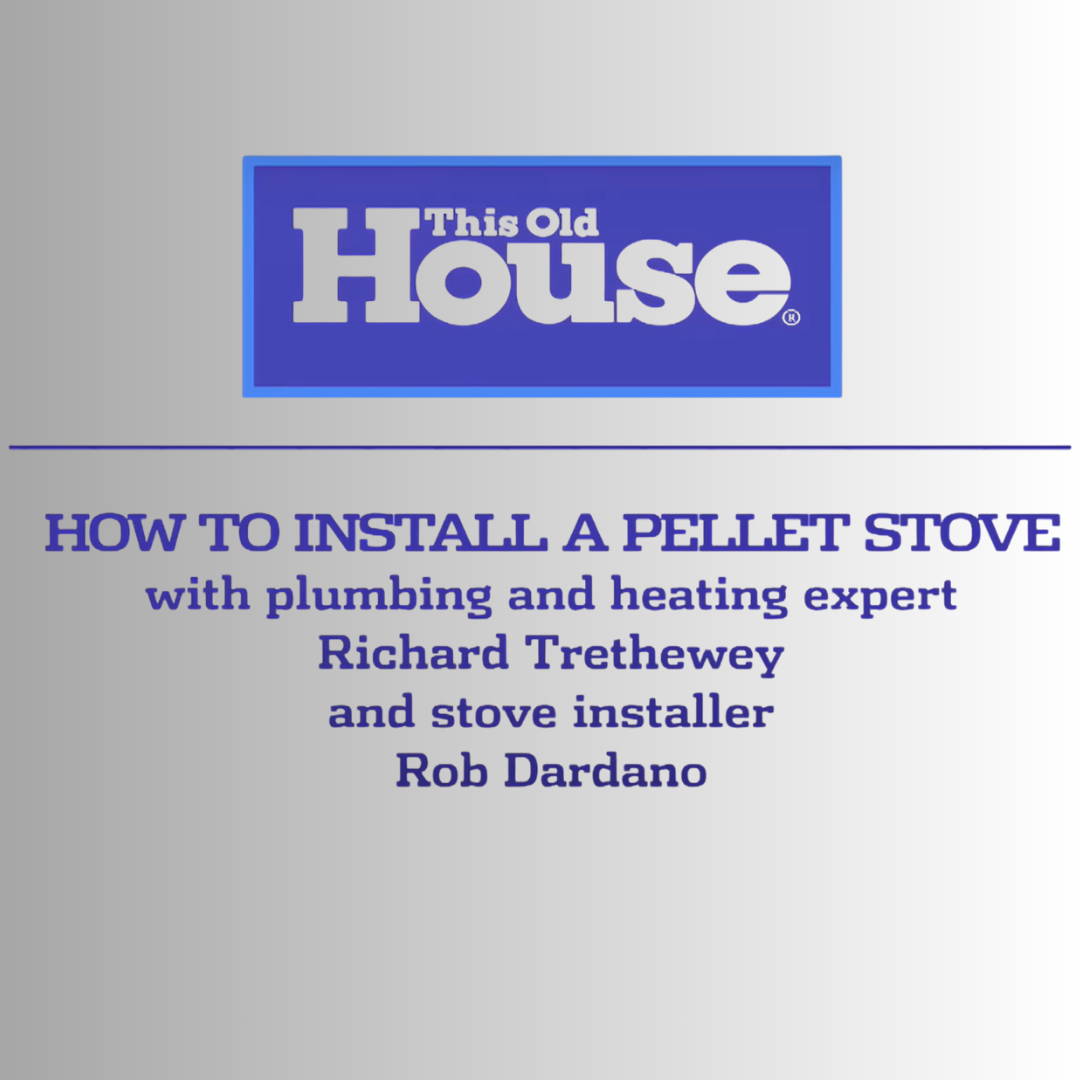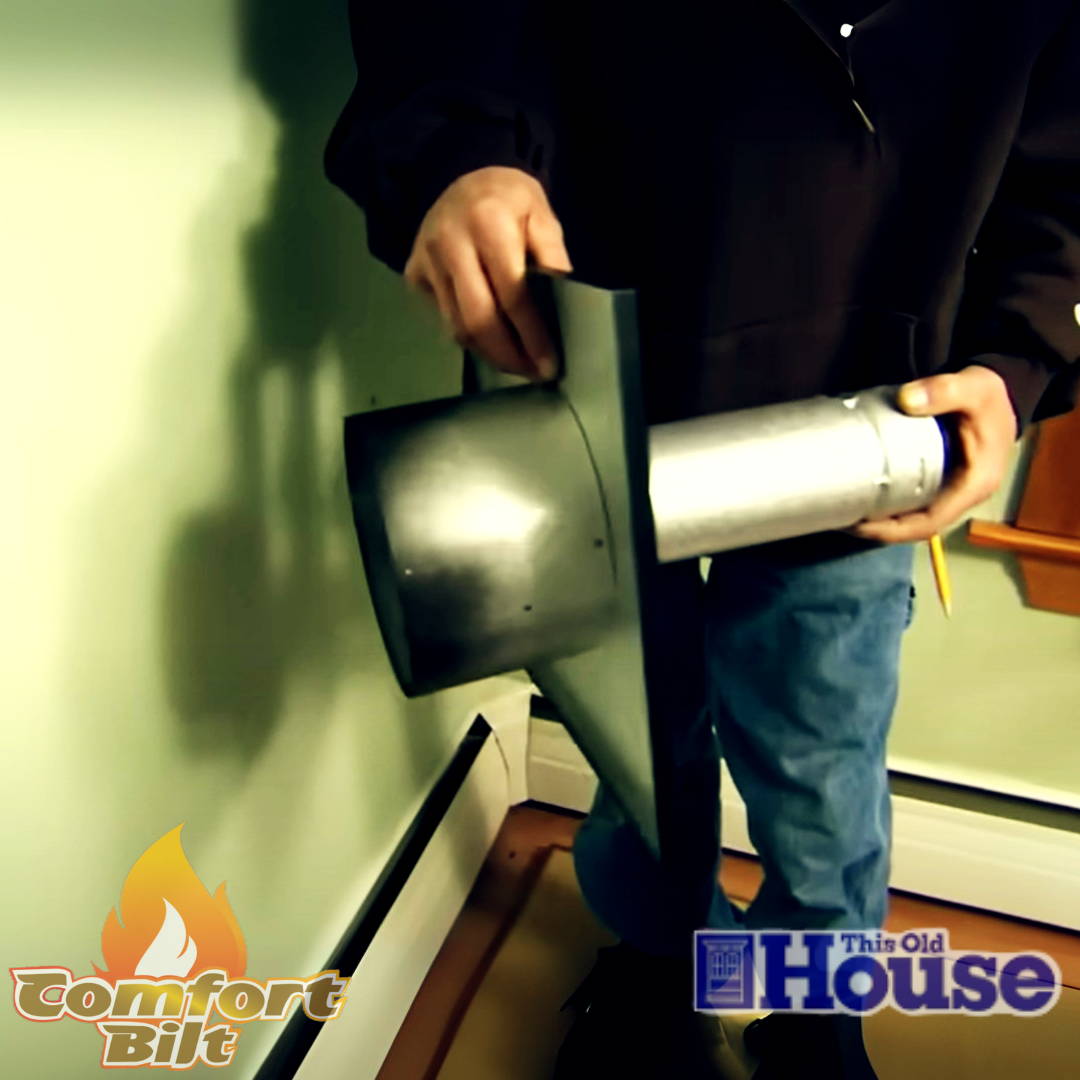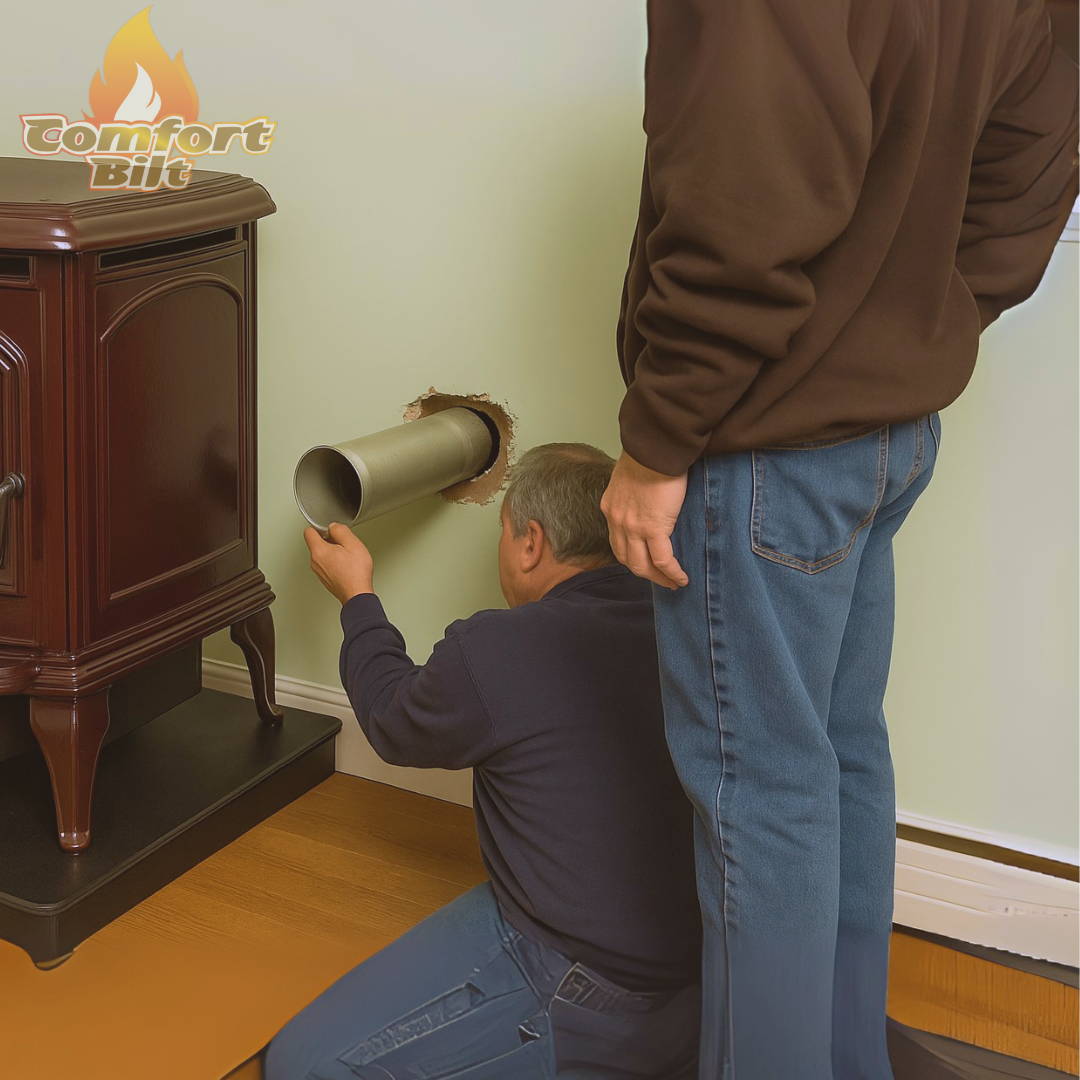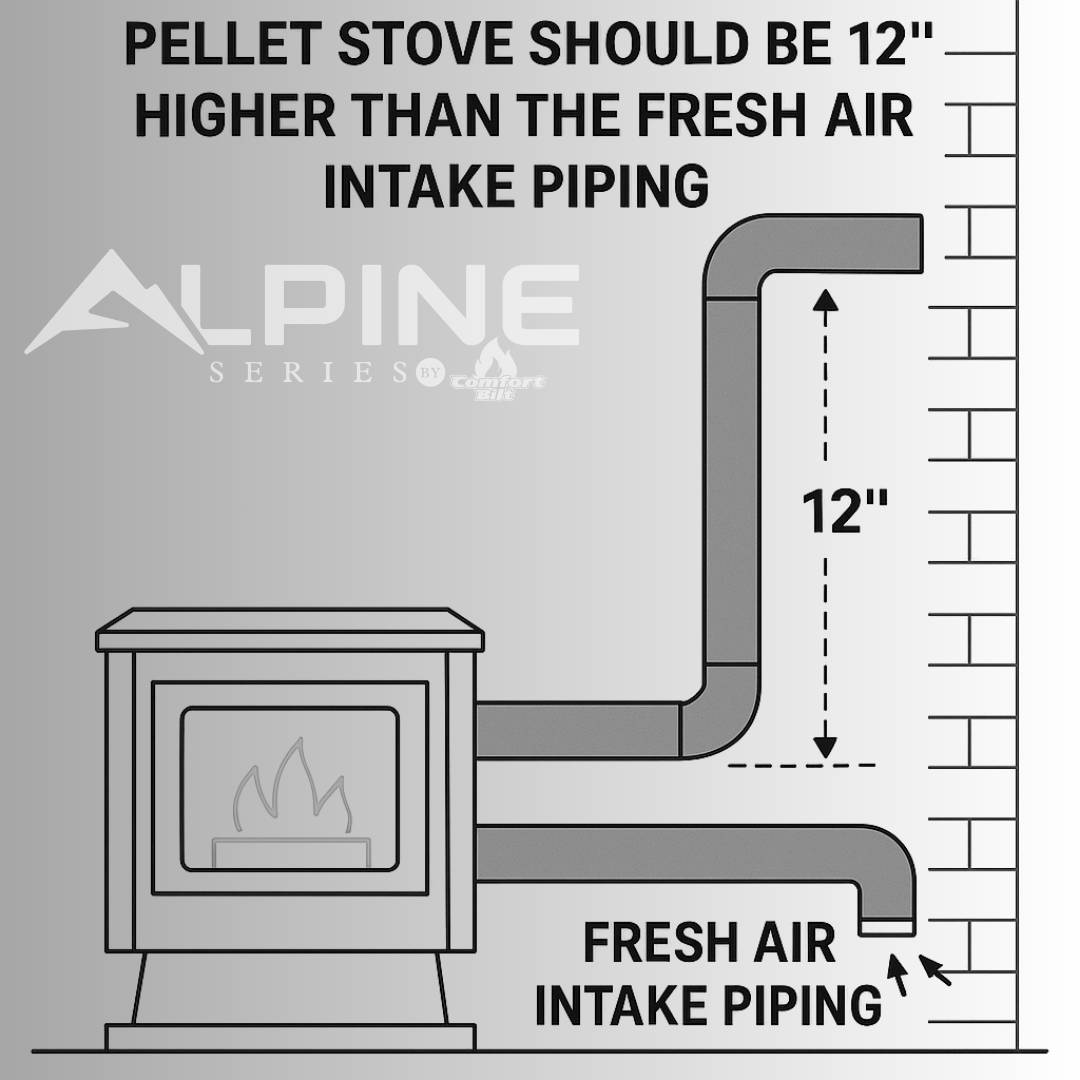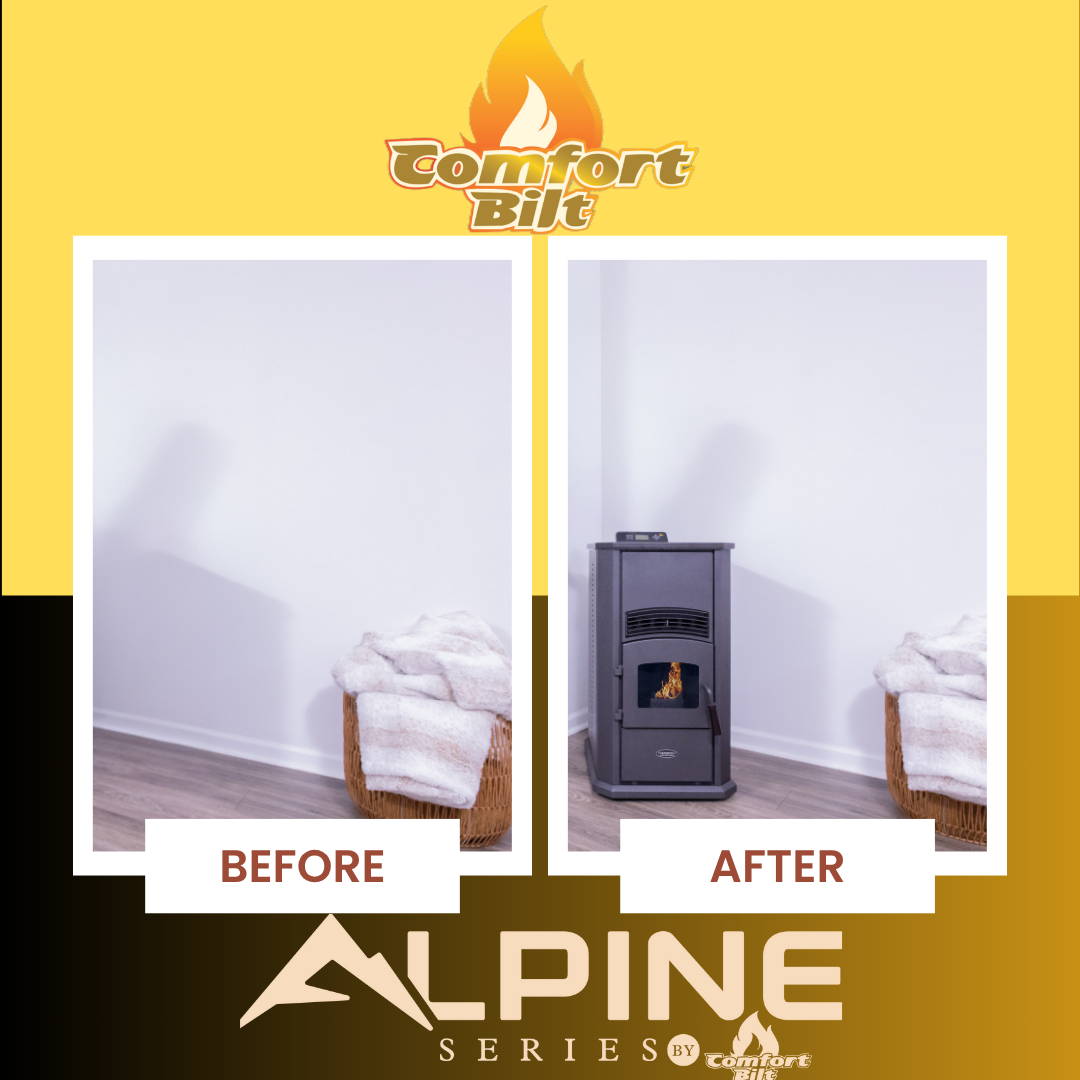Pellet Stove Installation: This Old House's Complete Guide for Fall 2025 Home Heating
Introduction
It's that time of year when homeowners prepare for another winter heating season, many are turning to pellet stoves as an efficient, eco-friendly heating solution. The trusted experts at This Old House have provided invaluable insights into pellet stove installation, demonstrating why proper setup is crucial for safe, effective home heating throughout the colder months.
Recently, pellet stove popularity has surged, with This Old House's comprehensive installation video garnering over 2 million views - a clear indication that homeowners nationwide are actively seeking reliable information about this heating technology. This massive viewership underscores the growing interest in pellet stoves as a practical, cost-effective heating solution for all types of homes.
Watch the complete This Old House pellet stove installation process featuring Richard Trethewey, This Old House's plumbing and heating expert, and stove installer Rob Dardano in their original video here to see their expert techniques in action.
With decades of home improvement expertise, This Old House continues to be the definitive authority on residential heating solutions. Their comprehensive approach to pellet stove installation showcases the attention to detail and safety considerations that make the difference between a successful heating upgrade and potential problems down the road.


